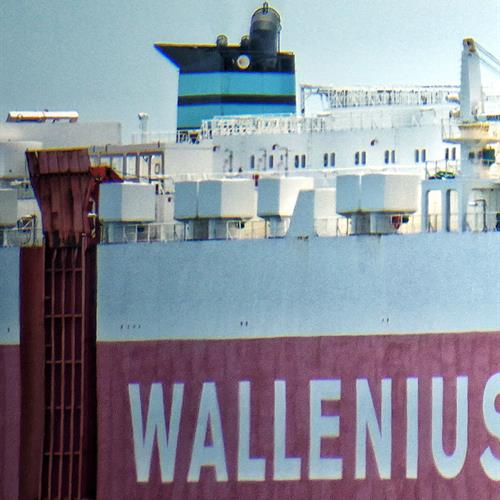More containers being moved after hours, easing pressure on roads
.jpg?sfvrsn=470f3034_0)
The percentage of containers being moved by rail is also increasing.
The Fremantle Ports Container Movement Study 2017 found the Perth market is slowly maturing in terms of after-hours unpacks.
This has been enhanced by container terminal and empty container parks extending their opening hours, promoting large-scale container movements at off-peak times.
Fremantle Ports, together with Main Roads WA and the Department of Transport, has just released the findings from the study, further building a complete picture of this critical supply chain.
The study builds on previous research, including the Container Movement Study 2011, which has informed Fremantle Port-related freight-movement decision making since then.
The aim of the 2017 study was to capture three-quarters of all transport activity and show trends in staging, delivery and pickup locations, and transport operator, importer and exporter activity, as well as timings.
Forty five participants helped build the data picture, over a four-week period between 7 August and 3 September last year.
It found that of all the containers observed, about half were full imports, a quarter were full exports and the remaining quarter were empties exported to meet requirements elsewhere in the world.
Since 2011, there is significantly more container packing activity outside the Perth metropolitan area and there is a growing importance of staging in the import/export chains.
About 80 per cent of both import and export full container movements were staged at intermediate facilities in 2017 compared with 65 per cent (full imports) and 45 per cent (exports) in 2011.
Aside from the port precinct, the two major import container destinations are around Canning Vale/Jandakot/Bibra Lake and Welshpool/Kewdale/Forrestfield, with the latter area expanding east to Hazelmere and other suburbs in the north-east metropolitan area.
The study also highlighted the importance of regional WA to the State’s export container supply chain, in the geographical distribution of pack locations.
Clearly, there have been significant operational changes at container terminals in the past six years, with a lot of attention paid to after-hours operations, including making mass movements in the form of stack or bulk runs.
Tuesday proved the busiest import day of the week, but Saturdays and Sundays have shot up significantly in container movements since 2011. At the time of the study, rail accounted for 21 per cent of the full export volume.
The percentage of containers on rail has grown since the previous study with nearly 21 per cent of full export volume on rail at the time of the study. (In the past three months, total rail freight reached 19 per cent with record volumes achieved in October and a record market share in July of almost 20 per cent.)
The reintroduction of the Kalgoorlie service has assisted in attracting freight from distant locations.
Rail assists in taking trucks off roads and taking pressure off core receival and delivery hours at container terminals with the majority of containers moving between the terminals and North Quay Rail Terminal after 4pm.
Because the study is repeatable, the intention is to continue producing valuable insights into the industry in the future.
The Container Movement Study 2017 contains much high-quality information for the industry.
Go to the Fremantle Ports Container Movement Study 2017.
Find out how you can explore the port or get ferry and cruise info...




